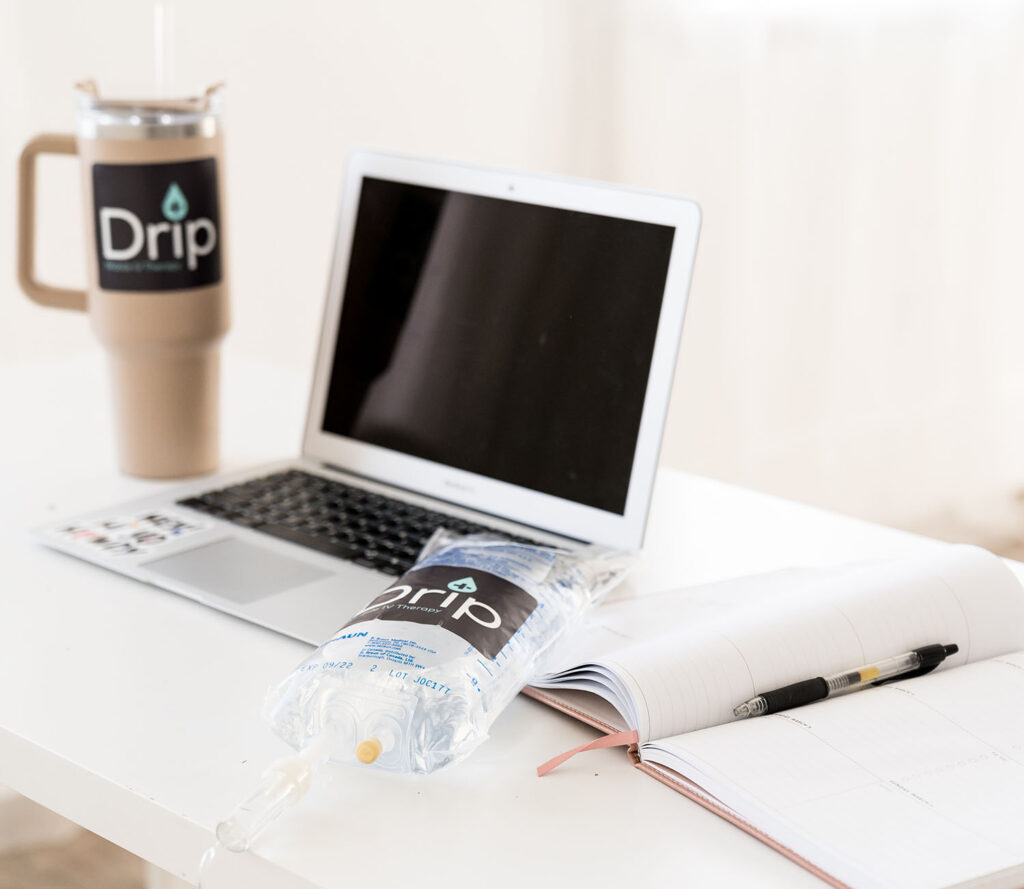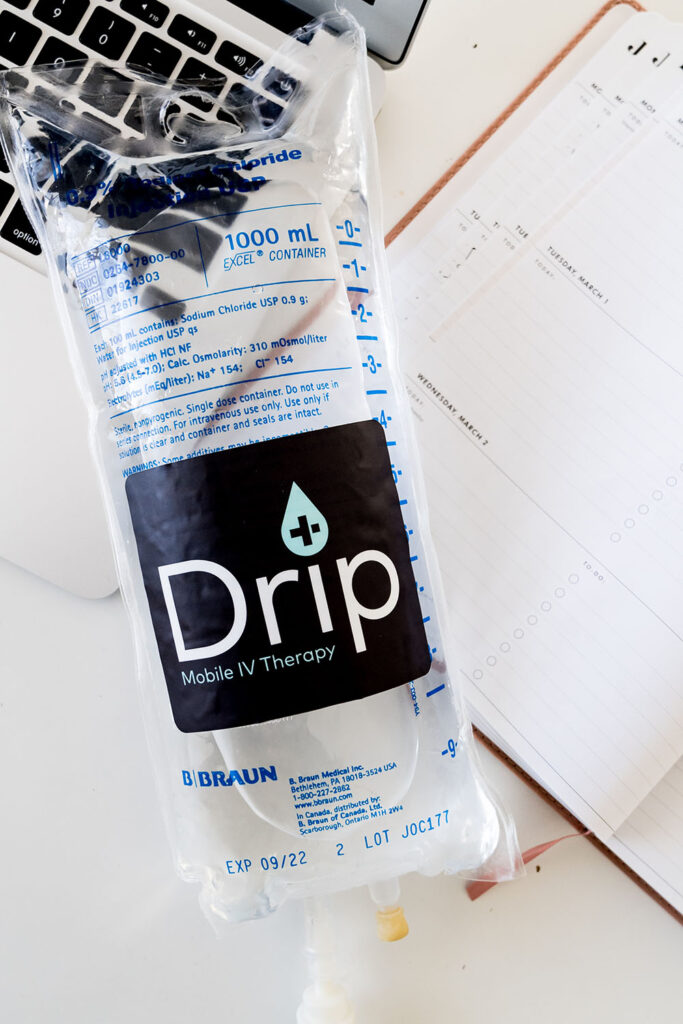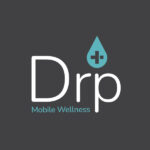Proper hydration plays a vital role in maintaining our overall health and well-being. Water is essential for numerous bodily functions, including regulating body temperature, supporting digestion, transporting nutrients, and lubricating joints. When we become dehydrated, even mildly, it can negatively impact our physical and mental performance, leaving us feeling fatigued, lethargic, and unable to function optimally.
While drinking water is the most common and accessible method of hydrating our bodies, there are situations where intravenous (IV) hydration may be more effective. IV hydration involves the administration of fluids, electrolytes, and nutrients directly into the bloodstream through an IV line, bypassing the digestive system. This method allows for faster and more efficient absorption, making it a powerful tool in addressing dehydration and replenishing vital nutrients.
In comparison, drinking water relies on the digestive system to absorb and distribute fluids throughout the body. While it is effective for maintaining regular hydration in most cases, there are circumstances where the body’s ability to absorb water orally may be compromised, such as during intense physical activity, illness, or certain medical conditions.
In the following sections, we will delve deeper into different methods of IV hydration, including IV hydration packets, liquid IV hydration, and IV hydration therapy, to better understand their benefits and effectiveness compared to drinking water alone. By exploring these options, you can make an informed decision about which hydration method best suits your specific needs and circumstances.

When it comes to convenience, liquid IV hydration solutions have gained popularity as an alternative to traditional IV therapy. These products typically come in the form of powders or pre-mixed drinks that claim to provide rapid hydration and replenish essential electrolytes. While they offer a convenient and portable option for hydration on the go, it’s important to note that their effectiveness may not match that of IV therapy.
The limitations of liquid IV hydration compared to IV therapy
While liquid IV hydration solutions may provide some hydration benefits, they cannot fully replicate the efficiency and effectiveness of IV therapy. Unlike IV therapy, which delivers fluids and nutrients directly into the bloodstream, liquid IV hydration solutions must pass through the digestive system for absorption. This process can significantly slow down the rate at which the body receives the necessary hydration and nutrients.
Moreover, liquid IV hydration solutions often contain lower concentrations of electrolytes compared to what can be achieved through IV therapy. IV therapy allows for precise control over the electrolyte balance, ensuring optimal replenishment tailored to an individual’s specific needs. In contrast, the electrolyte levels in pre-mixed liquid IV solutions may not be as finely tuned.
While liquid IV hydration solutions can be convenient for mild dehydration or maintaining hydration during light physical activity, they may not be sufficient for more severe cases of dehydration or when rapid replenishment is needed. In such situations, the direct administration of fluids, electrolytes, and nutrients through IV therapy is still considered the gold standard.
It’s important to consult with a healthcare professional to determine which hydration method is best suited for your specific needs. They can assess your hydration status, consider any underlying conditions, and provide personalized guidance on whether liquid IV hydration solutions or IV therapy is the most appropriate choice for you.

The importance of water in maintaining hydration
Drinking water is undoubtedly essential for maintaining hydration. Water is readily available, inexpensive, and vital for numerous bodily functions. It helps regulate body temperature, supports digestion, flushes out toxins, and ensures proper organ function. For most individuals, drinking an adequate amount of water throughout the day is sufficient to maintain hydration levels.
Evaluating the advantages of IV hydration over drinking water alone
While water is crucial, there are instances where IV hydration offers distinct advantages over drinking water alone. IV hydration provides a direct and immediate infusion of fluids, electrolytes, and nutrients into the bloodstream, bypassing the digestive system. This allows for rapid absorption and distribution throughout the body, making it especially beneficial in situations where oral hydration may not suffice.
IV hydration can deliver a precise balance of electrolytes tailored to individual needs. This targeted approach is particularly advantageous for athletes engaging in intense exercise, individuals with severe dehydration due to illness or excessive sweating, or those with conditions that affect nutrient absorption.
Factors to consider when choosing between IV hydration and drinking water
When deciding between IV hydration and drinking water, several factors come into play. The severity of dehydration, the presence of underlying medical conditions, and the speed at which hydration is needed are important considerations. For mild dehydration and everyday hydration needs, drinking water is generally sufficient. It is easily accessible, cost-effective, and suitable for most individuals.
On the other hand, IV hydration is recommended for severe dehydration, acute illness, post-surgery recovery, or situations requiring rapid replenishment of fluids and nutrients. IV therapy provides a targeted approach, ensuring efficient absorption and immediate hydration. However, it requires professional administration and may not be necessary or practical for routine hydration maintenance.

Drip Admin has written several informative articles and guides on the benefits of IV therapy, emphasizing the science behind the practice. Our writing style is engaging, concise, and accessible, making complex medical concepts easily understandable for readers.